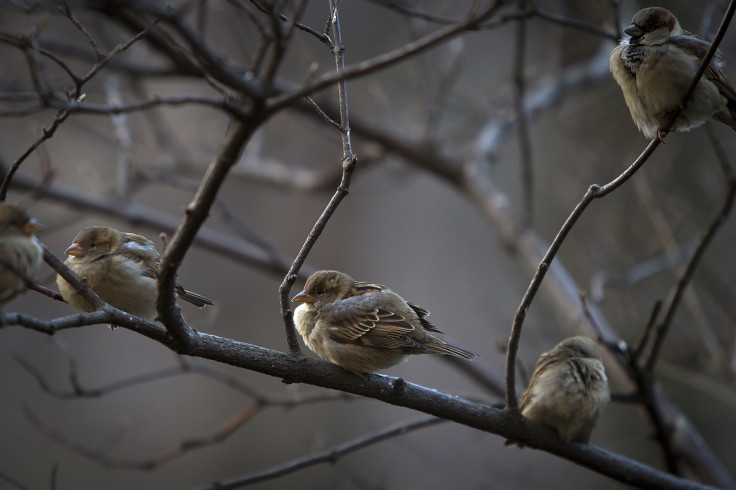World Sparrow Day: Wooing back the resident bird family

Where and why did the house sparrow disappear suddenly from our cities?
The mystery had prompted the Independent newspaper 15 years ago to offer a prize money of £5,000 for a scientific explanation. That money remains unclaimed.
That is a puzzle that even ornithologists have not been able to crack, besides suggesting a few reasons.
It could be agricultural chemicals, lead pollution or mobile phones or the changing facades of our homes. But no one knows for sure why the tiny bird with its sweet chirp and close association with humans left our homes suddenly.
The sparrow has been with humans from the beginning of agriculture and permanent settlements. Ten thousand year old fossils of house sparrows have been found in the Middle East and Europe.
As humans spread around the globe, the sparrows accompanied them to new territories of the Americas, Africa, Australia and New Zealand.
The sparrow used to be so abundant around farms of the UK's Yorkshire Wolds and Vale of York, prompting Sparrow Clubs to cull them.
Over the past 40 years, the house sparrow has suffered a spectacular decline in numbers across the world.
Numbers have dropped by over 60% in the UK alone since the 1970s, according to the results of a Birdwatch survey organised by the RSPB and the British Trust for Ornithology.
Among the foremost reasons suspected for driving away the bird are the loss of shelter and food.
Today, 20 March, is World Sparrow Day, an initiative of Nature Forever Society in India that works on nature conservation focused on cities.
As part of efforts to win back the sparrow, people like Mohammed Dilawar, founder, NFS, are encouraging city residents to tweak building designs to provide cubbyholes for the birds to nest.
Food and shelter needs
A brick or two is removed in a wall, creating empty space for the sparrows, in many new bird-friendly homes in the UK.
Bird surveys are also showing a small improvement in sparrow numbers in India, with Kerala reporting a 61 % increase in numbers in the capital city Thiruvananthapuram.
But it is a far cry from a few decades ago when homes were incomplete without the resident sparrow family.
Like the temple in southern India's Madurai city named after the once ubiquitous sparrows, the wait for the tiny bird could be a long one.
Trading in grains once flourished in the region helping to feed the birds. The place has since turned into a concrete jungle and the chirp of the sparrow has died down.
The open ventilators near the roof and loft areas in erstwhile homes used to meet approval of the house sparrow.
It could be the changing architecture with glass facades that turn today's houses hot and the air-conditioner indispensable that sent the bird packing.
But whatever the cause, experts believe that the reason the house sparrows abandoned humans could also pose a risk to humans.
Much like the canary in the coal mine, the sparrows have raised alarm over the ways our lifestyle is degrading the quality of life.
© Copyright IBTimes 2025. All rights reserved.




















